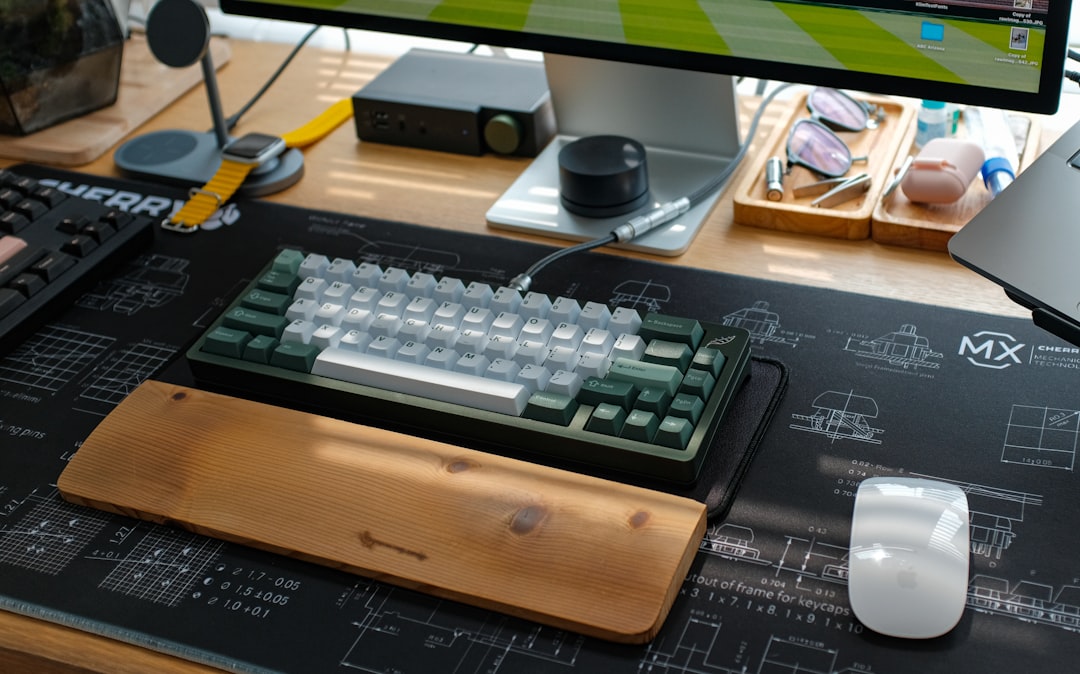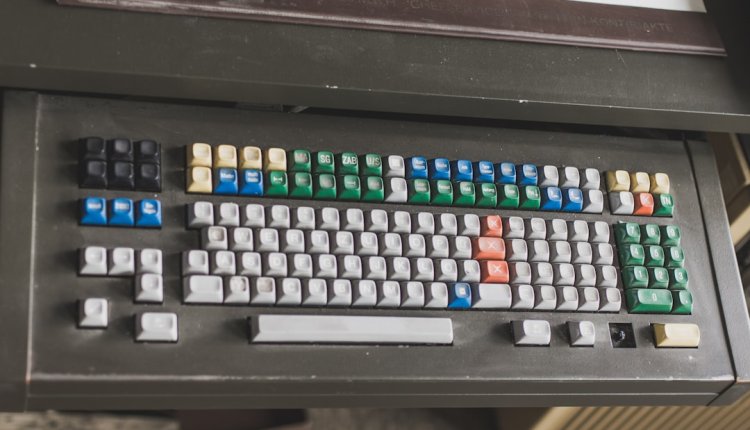Best PC Microphones for Gaming & Streaming
Whether you’re climbing leaderboards on Twitch or creating a booming YouTube channel, your voice is just as important as your visuals. Gone are the days when a basic headset mic would do the job. Today’s streamers and gamers demand studio-quality audio to keep their listeners engaged and provide crystal-clear communication. A good microphone can make you sound professional, eliminate background noise, and even boost your overall stream quality.
TL;DR (Too Long, Didn’t Read)
Choosing the right PC microphone is essential for gamers and streamers who want clean, broadcast-quality audio. Top options like the Blue Yeti, Elgato Wave:3, and Shure MV7 stand out for their performance, features, and value. USB mics are great for newcomers thanks to their plug-and-play convenience, while XLR mics offer studio-grade sound for pros. Pick based on your budget, environment, and streaming setup needs.
Why Audio Quality Matters in Gaming and Streaming
Bad audio can turn away viewers faster than poor video quality. Whether you’re chatting with teammates or narrating your gameplay, people expect to hear you clearly. Muffled sound, constant background noise, or inconsistent volume can detract from your content and make you seem unprofessional.
High-quality microphones eliminate these issues by providing better vocal clarity, more natural sound reproduction, and features like noise suppression and gain control. This makes your streams, videos, or online chats more immersive and enjoyable for your audience.
What to Look for in a Gaming or Streaming Microphone
Before diving into the best options, it’s important to understand the key features that determine a good microphone for gaming and streaming:
- Connectivity: USB mics are easier to use, while XLR mics offer more professional control with audio interfaces.
- Pickup Pattern: Cardioid patterns are ideal for single-person use, reducing background noise from the sides and rear.
- Frequency Response: A wider range delivers more accurate and natural voice reproduction.
- Build Quality: Sturdy construction ensures durability, especially for setups in constant use.
- Software Features: Voice processing, EQ, and gain controls help customize your sound easily.
Top Microphones for Gaming and Streaming
1. Blue Yeti USB Microphone
Arguably the most iconic microphone in the streaming community, the Blue Yeti offers a perfect balance between ease of use and high-quality sound at a reasonable price point. It includes multiple pickup patterns (cardioid, omnidirectional, bidirectional, and stereo), making it versatile for solo streamers, interviews, or podcasting.
Pros:
- Plug-and-play USB connectivity
- Multiple pickup patterns
- Integrated headphone output for real-time monitoring
Cons:
- Bulky design
- May pick up background noise in untreated rooms

2. Elgato Wave:3
The Elgato Wave:3 is specifically crafted for streamers. Not only does it provide excellent audio quality, but it also offers seamless integration with Elgato’s streaming tools and software. Its standout feature is the Clipguard technology, which prevents audio distortion even if you shout in excitement during gameplay.
Pros:
- Clipguard anti-distortion technology
- Wave Link mixing software integration
- Sleek, compact design
Cons:
- Requires Elgato software to unlock full features
- Less versatile pickup pattern
3. Shure MV7
Inspired by the legendary Shure SM7B broadcast mic, the Shure MV7 offers both USB and XLR connectivity, giving users the best of both worlds. It delivers professional-quality sound and includes a touch panel for easy control of gain, mute, and monitoring volume. Its Voice Isolation Technology ensures your audio remains focused even in noisy environments.
Pros:
- USB and XLR inputs
- Excellent voice isolation
- Built-in headphone output
Cons:
- Pricier than average USB mics
- Heavier design may require a strong mic arm

4. HyperX QuadCast S
The HyperX QuadCast S is a dynamic mic equipped with stunning RGB lighting and excellent sound quality, making it perfect for gamers who want flair with function. It offers four selectable polar patterns and includes an internal pop filter and shock mount right out of the box.
Pros:
- Customizable RGB lighting
- Touch-sensitive mute button
- Comes with shock mount and pop filter
Cons:
- Requires additional software for RGB control
- Larger size makes it less portable
5. Audio-Technica AT2020USB+
The AT2020USB+ from Audio-Technica delivers studio-grade quality in a beginner-friendly package. It’s a cardioid condenser mic known for clarity and wide frequency response, making it highly suitable for voice recording during game broadcasts or content creation.
Pros:
- Excellent audio clarity and tone
- Durable metal construction
- Built-in headphone jack with volume control
Cons:
- No onboard gain knob
- Lacks software integration features
USB vs. XLR: What’s the Difference?
One of the biggest choices you’ll face is whether to go with a USB or XLR microphone. In short:
- USB Microphones: Best for beginners or solo streamers. Easy to set up with no extra equipment required.
- XLR Microphones: Preferred by professionals. They require audio interfaces or mixers but provide more advanced audio control and clear sound fidelity.
Key Accessories to Consider
A great mic is only part of the equation. These accessories help enhance your recording quality:
- Pop Filter: Reduces plosive sounds like “P” and “T”.
- Shock Mount: Isolates the mic from vibrations and bumps.
- Boom Arm: Frees desk space and allows better mic placement.
- Audio Interface (for XLR): Converts analog sound into digital and gives you better control over sound input.
Final Thoughts
Choosing the best microphone for your gaming and streaming needs ultimately comes down to how much control you want, your budget, and the style of content you create. For most users, a high-quality USB mic like the Blue Yeti or Elgato Wave:3 will suffice and offer an instant upgrade over any headset mic. For those looking for long-term growth into professional-grade audio, the Shure MV7 or an XLR mic with a proper interface will deliver exceptional performance and audio control.
Frequently Asked Questions (FAQs)
- Q: Do I need an XLR mic to sound professional?
A: Not necessarily. Many high-end USB mics today offer near-professional audio quality for streaming and gaming. - Q: Can I use these microphones for podcasts too?
A: Absolutely. All of the recommended mics are great choices for podcasts as well, especially those with cardioid patterns. - Q: What’s the best mic for a noisy room?
A: The Shure MV7 or any dynamic mic with good voice isolation technology is ideal for noisy environments. - Q: Do I need additional software to make these mics work?
A: Most

Comments are closed, but trackbacks and pingbacks are open.